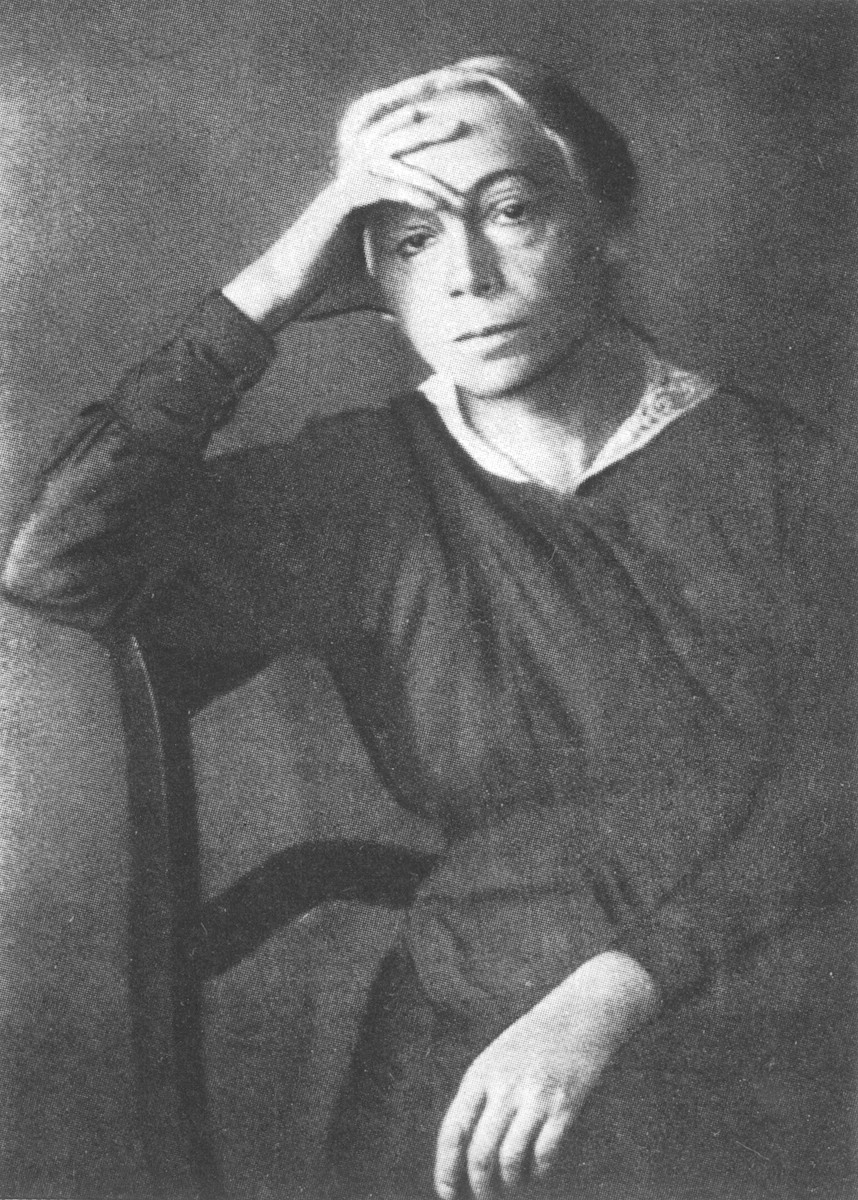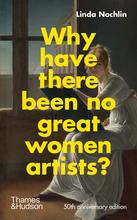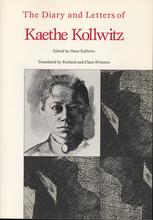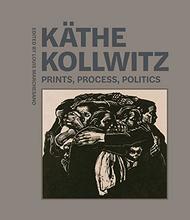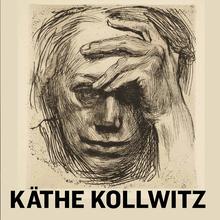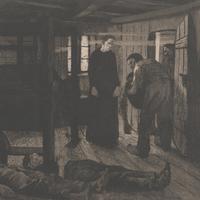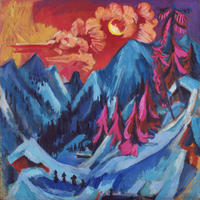More about Käthe Kollwitz
- All
- Info
- Shop
Works by Käthe Kollwitz

Contributor
Käthe Kollwitz probably had Alice in Wonderland syndrome, but that was possibly the only whimsical thing about her.
This rare syndrome where one’s sense perception is altered could be the reason that she experienced nervousness and seizures as a young woman. Her illness was just one of the reasons why her childhood can be described as serious at best and tragic at worst. Kollwitz was one of seven children, three of whom died during her childhood.
Again and again, she drew similar images of death and suffering with a favorite recurring theme being a mother with a dead child. Kollwitz was inspired by the working class people that her doctor husband treated and she depicted their plights, frequently changing the primary subject into a self-portrait. For her painting Mother with Dead Child, she made her own son pose with her to get the drawing just right. I can just imagine Kollwitz forcing her son Hans to repeatedly lay with her: MOM, do you have to paint me dead AGAIN?
Kollwitz’ work earned her respect and prestige in her country, and in 1919 she was the first woman elected to the Prussian Academy of Art. Even though she achieved the success that her family always wanted from her, her worries kept her from enjoying the fruits of her labor. From her letters, its shown that she thought about death constantly, wondering about the pain felt by mothers that lose a child to the war even before she lost her own son to WWII.
Her depiction of the maternal in her work contributed to praise she was lauded, but others considered this to be an unfavorable characteristic of her art. Maybe critic Clement Greenberg was just being sexist when he said that she “used light and shadow like Rembrandt, only more nervously”; hearkening back to the timeless belief that women are more prone to emotional fits. Or maybe he was just referencing the very real nervousness that stayed with Kollwitz from childhood to old age.
Sources
- "Alice in Wonderland Syndrome and Visual Migraines." WebMD. Accessed November 01, 2018. https://www.webmd.com/migraines-headaches/alice-wonderland-syndrome#2.
- "Käthe Kollwitz's Life and Legacy." The Art Story. Accessed November 01, 2018. https://www.theartstory.org/artist-kollwitz-kathe-life-and-legacy.htm
- Loftus, Belinda. "Käthe Kollwitz: Engravings, Drawings, Sculptures, Ulster Museum, Belfast 13 June-31 August 1983." Circa, no. 11 (1983): 22. doi:10.2307/25556799.
- Sargent, Leona Catherine. "Visions of World War I: Through the Eyes of Käthe Kollwitz and Otto Dix." CORE Scholar. 2012. Accessed November 01, 2018. https://corescholar.libraries.wright.edu/humanities/11/.
- Schaefer, Jean Owens. "Kollwitz in America: A Study of Reception, 1900-1960." Womans Art Journal15, no. 1 (1994): 29. doi:10.2307/1358492.
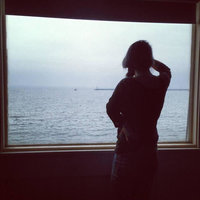
Contributor
Before Ai Weiwei and Dorothea Lange, there was German artist and activist Käthe Kollwitz depicting the plight of the proletariat.
Born in July 1867, when men decided only men were allowed in art schools, she took art courses in Berlin and Munich that offered courses to women. Her “leftist” parents supported her career choice as an artist. In fact, they were even disappointed that she married a doctor because it was so conventional. Käthe Kollwitz married Karl Kollwitz at seventeen, whose work as a doctor brought Käthe even closer to the struggles of the working class.
Recently, some researchers believe Kollwitz may have suffered from an illness called Alice in Wonderland Syndrome. Although the name sounds fun, the actual syndrome is not. Figures suddenly appear disproportionately large or small for those suffering from this illness. This could be a reason why some parts of the body appear larger in her works, or it could also be the technique called foreshortening. However, the diagnosis seems to have real evidence as it was made after studying the artist’s diary entries. She writes, “Then there was a horrible state I fell into when objects would begin to grow smaller. It was bad enough when they grew larger, but when they grew smaller it was horrifying.”
Eventually, Kollwitz became the first woman to be elected a member of the Prussian Academy of Arts, where she led the Master Studio for Graphic Arts from 1928 -1933. When the Nazi government came to power, she was forced to resign her position as Head of the Graphic Arts department. Three years later, the Nazis officially labeled her work degenerate art, prohibiting her from exhibiting in galleries.
Although when Germany entered World War I, Kollwitz believed in a higher commitment to the country over individuals, her opinions soon changed after the death of her son in WWI. Death and war surrounded her life in Germany. She also lost a grandson in World War II. Many of her works were against war and she felt the German government was responsible for the slaughter of the younger generation. She remained in vehement opposition of war for the rest of her life and unfortunately died just two weeks before Germany surrendered, ending WWII.
Sources
- Blumberg, Naomi. “Käthe Kollwitz.” Britannica. Accessed: April 5, 2018. https://www.britannica.com/biography/Käthe-Kollwitz
- Drysdale, GR. “Kaethe Kollwitz (1867-1945): the artist who may have suffered from Alice in Wonderland Syndrome.” Journal of Medical Biography, 17 (2009). DOI: 10.1258/jmb.2008.008042
- “Kathe Kollwitz.” Ro Gallery. Accessed: April 5, 2018. http://www.rogallery.com/Kollwitz/Kollwitz-bio.htm
- Nedo, Kito. “Why Käthe Kollwitz, an Icon of German Modern Art, Is Still So Controversial on Her 150th Anniversary.” Artnet. July 18, 2017. https://news.artnet.com/exhibitions/Käthe-kollwitz-german-modern-art-co…
- Yohannes, Neyat. “RECAP: Lunchtime Art Talk on Käthe Kollwitz with Leslie Cozzi.” Hammer Museum. August 13, 2013. https://hammer.ucla.edu/blog/2013/08/recap-lunchtime-art-talk-on-kaethe…
Featured Content
Here is what Wikipedia says about Käthe Kollwitz
Käthe Kollwitz (
German pronunciation: [kɛːtə kɔlvɪt͡s] born Schmidt; 8 July 1867 – 22 April 1945) was a German artist who worked with painting, printmaking (including etching, lithography and woodcuts) and sculpture. Her most famous art cycles, including The Weavers and The Peasant War, depict the effects of poverty, hunger and war on the working class. Despite the realism of her early works, her art is now more closely associated with Expressionism. Kollwitz was the first woman not only to be elected to the Prussian Academy of Arts but also to receive honorary professor status.
Check out the full Wikipedia article about Käthe Kollwitz

